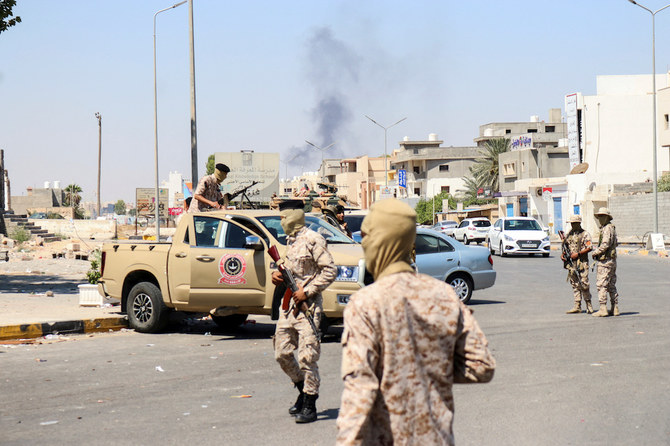
The Pacific region is where US Secretary of State Antony Blinken’s latest trip takes place this week, but his mind is very much on Ukraine.
Blinken is increasingly concerned that the world is at a dangerous political moment, which could see not just rising tensions in Eastern Europe but also other US competitors, including China and possibly Iran, potentially taking advantage of this disorder.
So these threats are very much on his mind as he holds meetings in Australia, Fiji and Hawaii to remind the world that Washington’s long-term strategic focus remains on the Asia-Pacific region, pushing back against what he calls China’s growing economic and military coercion, despite the brewing crisis in Ukraine.
The highlight of the week is Friday’s Quad meeting of Australia, India, Japan and the US in Melbourne. The four countries are discussing not just China, but also how to further their climate goals; building more resilient, trusted supply chains for emerging and critical technologies like 5G, 6G, artificial intelligence and quantum computing; and providing coronavirus vaccines to Southeast Asia ahead of an expected May summit of the Quad in Japan, which President Joe Biden plans to attend.
Blinken will then become the first US secretary of state to visit Fiji in four decades. While there, he will hold meetings with the nation’s prime minister and Pacific Island leaders. Regional security and stability will again take center stage. Chinese ambitions in the Pacific will be a particular focus, given the growing possibility of Beijing trying to establish a military base there.
Lawmakers from the Pacific Island Republic of Kiribati highlighted last year that Beijing had drawn up plans to upgrade an airstrip on one of its remote islands, which is located about 3,000 km from Hawaii, deep in territory firmly aligned with the US and its allies since the Second World War. There is also anxiety in Australia over the potential for China to establish a base in the Solomon Islands following the police trainers and riot equipment Beijing sent there in December after riots. This was despite the fact Australia had already sent police there under a decades-old bilateral security agreement.
In Blinken’s last leg in Hawaii this weekend, he will host his Japanese and South Korean counterparts, with North Korea the key focus. This follows new missile tests this year by Pyongyang, raising fears that Kim Jong Un may return to testing intercontinental ballistic missiles and nuclear bombs for the first time since 2017, when then-President Donald Trump threatened war.
The Biden team sees the Quad and Pacific nations Blinken is meeting this week as vital to US-led efforts to push back against Beijing’s growing power. However, beyond security policy, it knows it lacks a formal, fit-for-purpose, multilateral structure for economic engagement since Trump exited the talks surrounding what became the Comprehensive and Progressive Agreement for Trans-Pacific Partnership, which has limited Washington’s ability to exert influence, while Beijing’s only grows as much of the region’s main trading partner.
At this time of geopolitical flux, his chief goal is to seek de-escalation in Europe in the immediate term.
Andrew Hammond
Biden said in October that the US would soon launch talks on a new Asia-Pacific economic framework. However, few details have emerged and his administration has been reluctant to offer the increased market access many countries desire, seeing this as potentially being perceived as a threat to US jobs prior to November’s key midterm congressional elections, which would be an issue Republicans could exploit.
During a trip to Southeast Asia late last year, Blinken gave the most details to date of this economic plan. He said that it should focus on trade facilitation, the digital economy, supply chain resilience, infrastructure, clean energy, and worker standards, while also highlighting the opportunities for nations hosting US firms relocating production from China as part of efforts to secure sensitive supply chains and development finance.
However, while Blinken is physically in the Pacific region this week, his biggest immediate headache is not China but the buildup of tensions in Eastern Europe, which will be a key topic of discussion at the Quad meeting. While Biden has ruled out putting US boots on the ground in Ukraine, Washington this week dispatched the first of 3,000 US military personnel to NATO ally Poland, while another 86 tons of American weapons arrived in Kiev.
Blinken will also discuss with Quad partners the economic sanctions package that the US and its European allies are putting together to try to deter an invasion. One big target would be Nord Stream 2, the new gas pipeline that connects Russia and Germany, with US officials repeatedly stating they would seek to end the project if Ukraine is attacked.
At this time of geopolitical flux, Blinken’s chief goal is to seek de-escalation in Ukraine in the immediate term. This is not just to ease tensions in Europe, but also to reduce the possibility of other competitors, including China and Iran, simultaneously intensifying the challenges on wider fronts.
Andrew Hammond is an Associate at LSE IDEAS at the London School of Economics.
Disclaimer: Views expressed by writers in this section are their own and do not necessarily reflect Arab News" point-of-view











